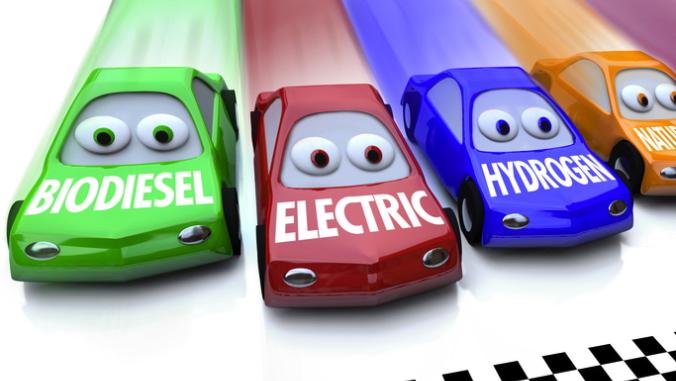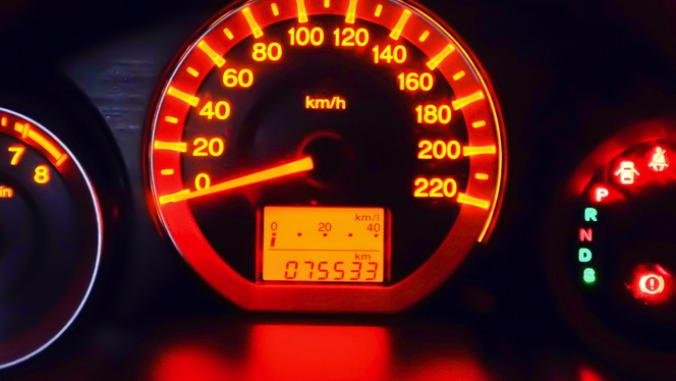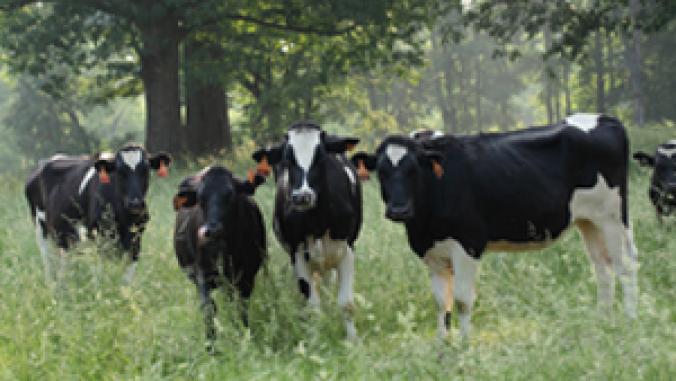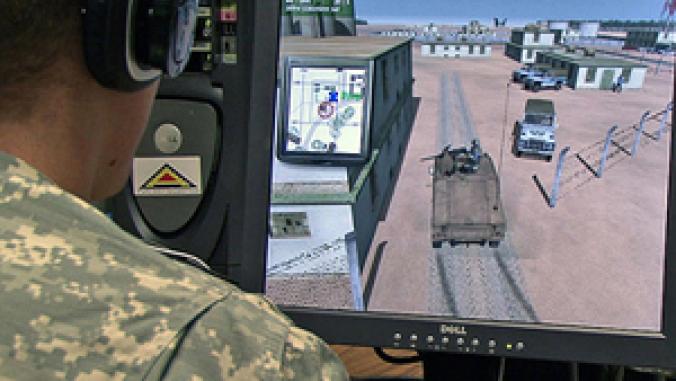GHG Protocol Launches Long-Awaited Value Chain, Product Standards
<p>For years, companies have clamored for internationally recognized methodologies to measure the greenhouse gas emissions from products and across corporate value chains.</p>

Image CC licensed by Flickr user Walmart Stores
We've grown used to companies revealing the carbon footprints of their operations over the last decade. We've also witnessed their struggle to measure the greenhouse gas emissions produced by products or beyond their four walls.
That task was made a little easier today with the release of two new Greenhouse Gas Protocol standards developed by the World Resources Institute (WRI) and the World Business Council for Sustainable Development (WBCSD). The standards aim to give companies a comprehensive view of the life cycle impacts of their products and value chains. This may lead to more profitable and efficient supply chains and products.
"Until you do a life cycle assessment (LCA), you truly don't know where the opportunities lie, where energy is used, and how you can create a product or service that has the most benefit with the least impact," said Steve Leffin, director of global sustainability at UPS, which sat on a technical committee that helped to develop the rules.
The Corporate Value Chain (Scope 3) Accounting and Reporting Standard can help a company identify which parts of its value chain it should target to reduce emissions. The Product Life Cycle Accounting and Reporting Standard may be used to develop new low-carbon product lines that can give companies a competitive edge or pinpoint climate-related risks in a product's life cycle. For a more detailed explanation of how the rules work, take a look at our feature story from Ryan Schuchard here.
So long as carbon isn't directly priced, the strategic benefits of managing emissions is often quite business specific, Thierry Berthoud, managing director of the WBCSD's Focus Area Energy and Climate, said in an email.
"Twenty years ago, improving occupational safety started to be a significant engagement of leading companies such as DuPont," he wrote. "Over time it has proven to bring a lot of other benefits to companies engaged to improve occupational safety through better management of activities and better stewardship of resources. Today measuring and reporting GHG emissions bring the same kind of benefits, and now the two new standards expand these benefits to the whole value chain."
More than 60 companies road-tested the standards, producing several successful case studies. Ikea, for example, learned that the use phase of the products it sells accounts for 20 percent of its Scope 1, 2 and 3 emissions (Scope 1 and 2 emissions are direct emissions and those produced by consuming purchased electricity, respectively; Scope 3 covers all other indirect emissions). As a result, the company set a goal to make its products 50 percent more efficient by 2015.
Swire Beverages, a Coca-Cola bottler, conducted life cycle assessments of nine products. The company discovered that packaging and refrigeration represented the greatest amount of emissions and risk, so Swire invested in refrigeration equipment that was not only 35 percent more efficient, it also used less refrigerant with a high global warming potential. Making the packaging lighter also trimmed emissions and packaging costs.
"What I see is multiple impacts [reduced] in this example," said Pankaj Bhatia, WRI's director of the Greenhouse Gas Protocol Initiative. "The second thing I like is it's in the small- and medium-enterprise sector. It would be like a typical supplier of many companies so it demonstrates they can use this case study to go to their suppliers and show them how using this standard can actually be very beneficial or could even be cost effective. The third thing I like about this example is this company is based in China."
In an interview last week, Bhatia told me this was important because although the 60 companies road-testing the standards were from 17 different countries, those from developing nations were noticeably under-represented. Few applications were received from India, Brazil and Indonesia, and none from Africa.
"My concern is that for a lot of companies, if they want to be successful in doing full supply chain accounting, the capacity has to be built in these countries because many of the suppliers are based in these countries," he said.
Greenhouse Gas Protocol programs have been developed in Mexico, Brazil, China, India and the Philippines, he said, setting the stage for the next phase where the WRI and WBCSD will help local companies build capacity and work with the new standards. At the global level, the Sustainability Consortium and the Consumer Goods Forum have adopted the frameworks, promising to further drive their use.
At first glance, said Leffin from UPS, companies may find the standards complicated and might not know where to start.
"You will get more out of this than you put into it if you dive in," he said. "Don't be afraid. Knowledge is power, and at first glance, it may be difficult to see the benefit."
But on a granular level, he continued, it will allow companies to locate opportunities to make improvements in their products and operations. "I think it's a critical step in moving forward to truly act."
Image CC licensed by Flickr user Walmart Stores.





